Holiday Hours
Cornwall Park will be open everyday from 7am-9pm. Huia Lodge Discovery Hub will be closed 24-26 December and 1-2 January. Visit Cornwall Park Eateries for their hours.
See & Do
with more than 350 species and
8000 trees, cornwall park is paradise
for tree lovers!
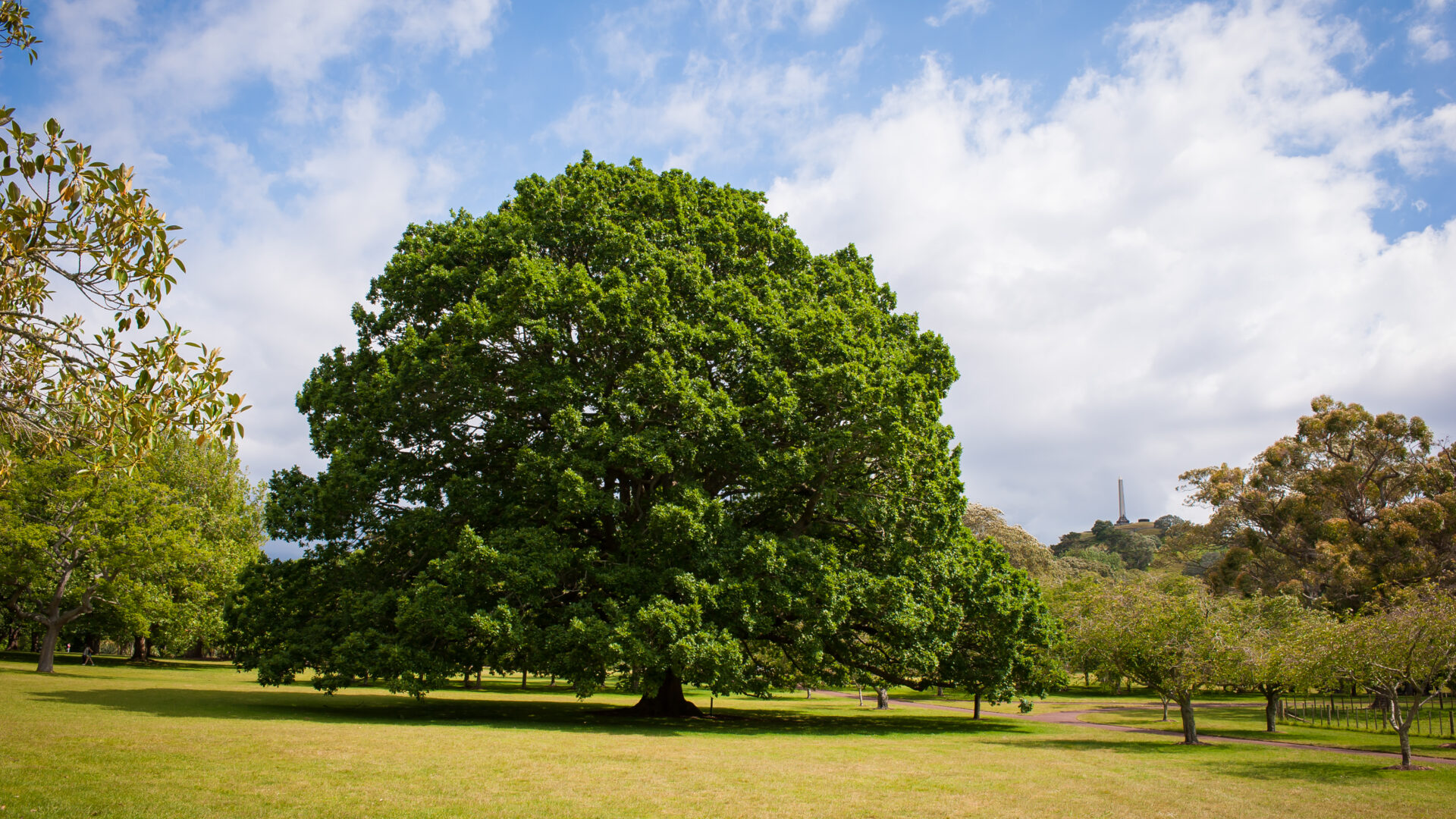
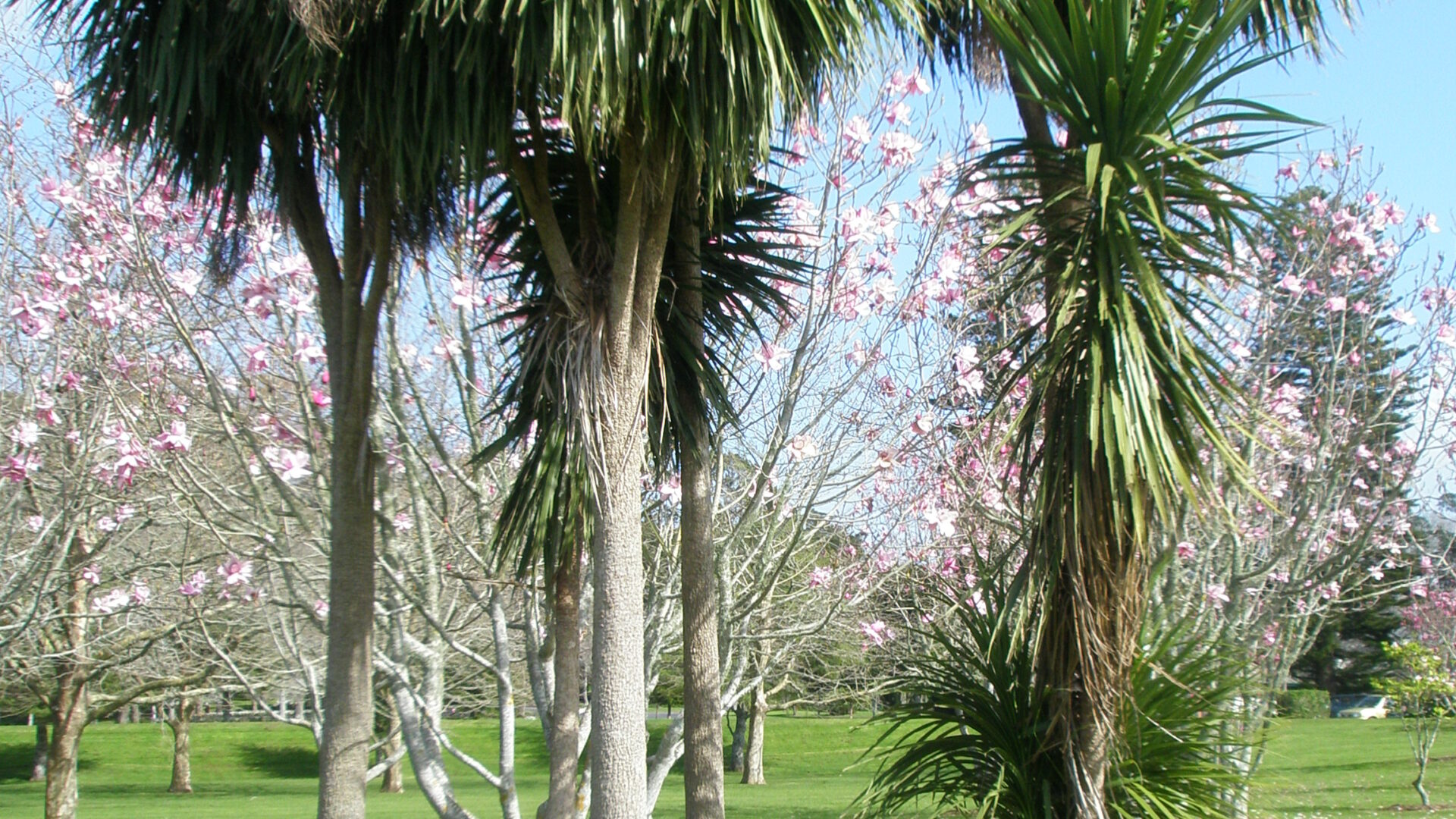


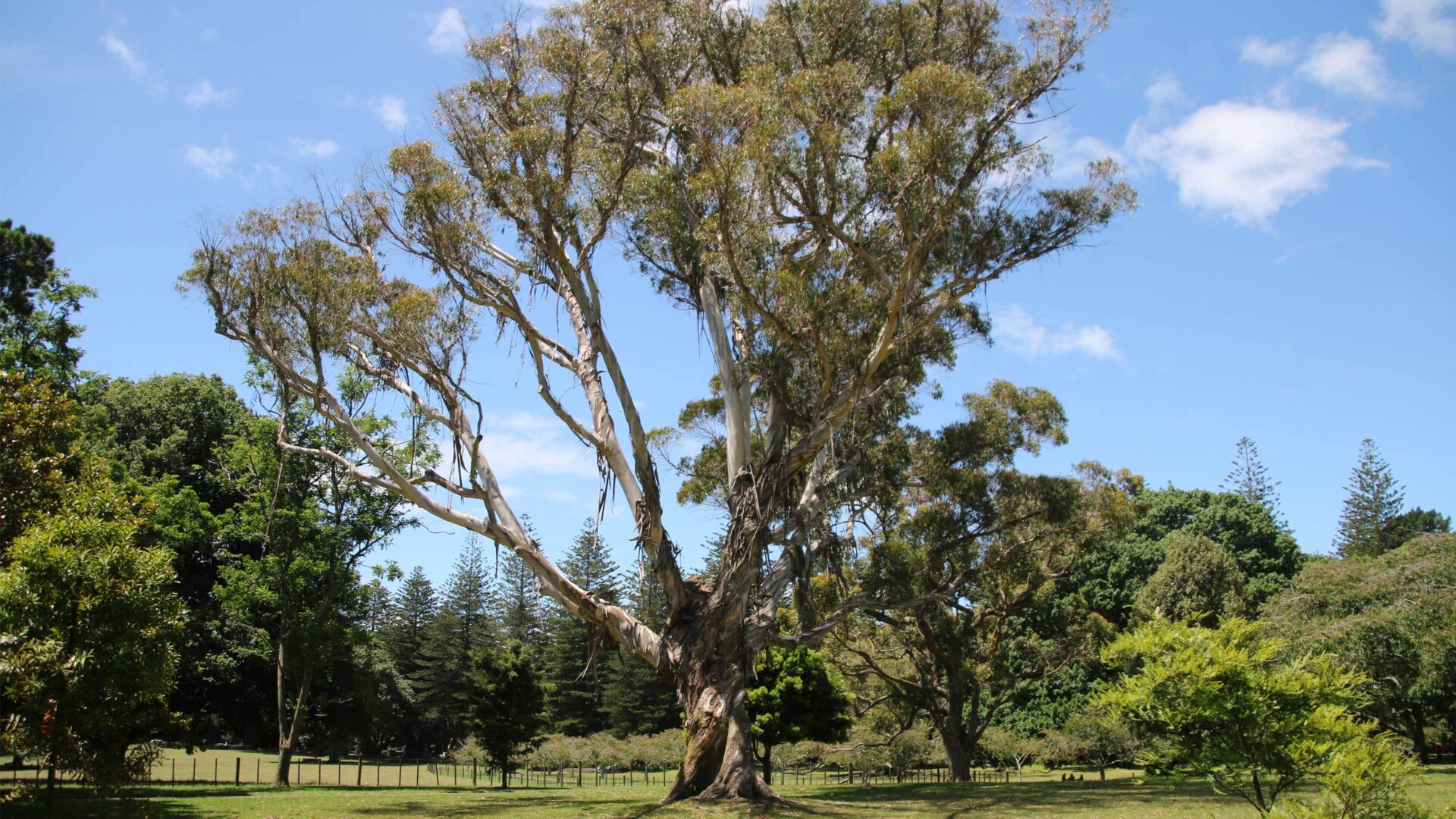
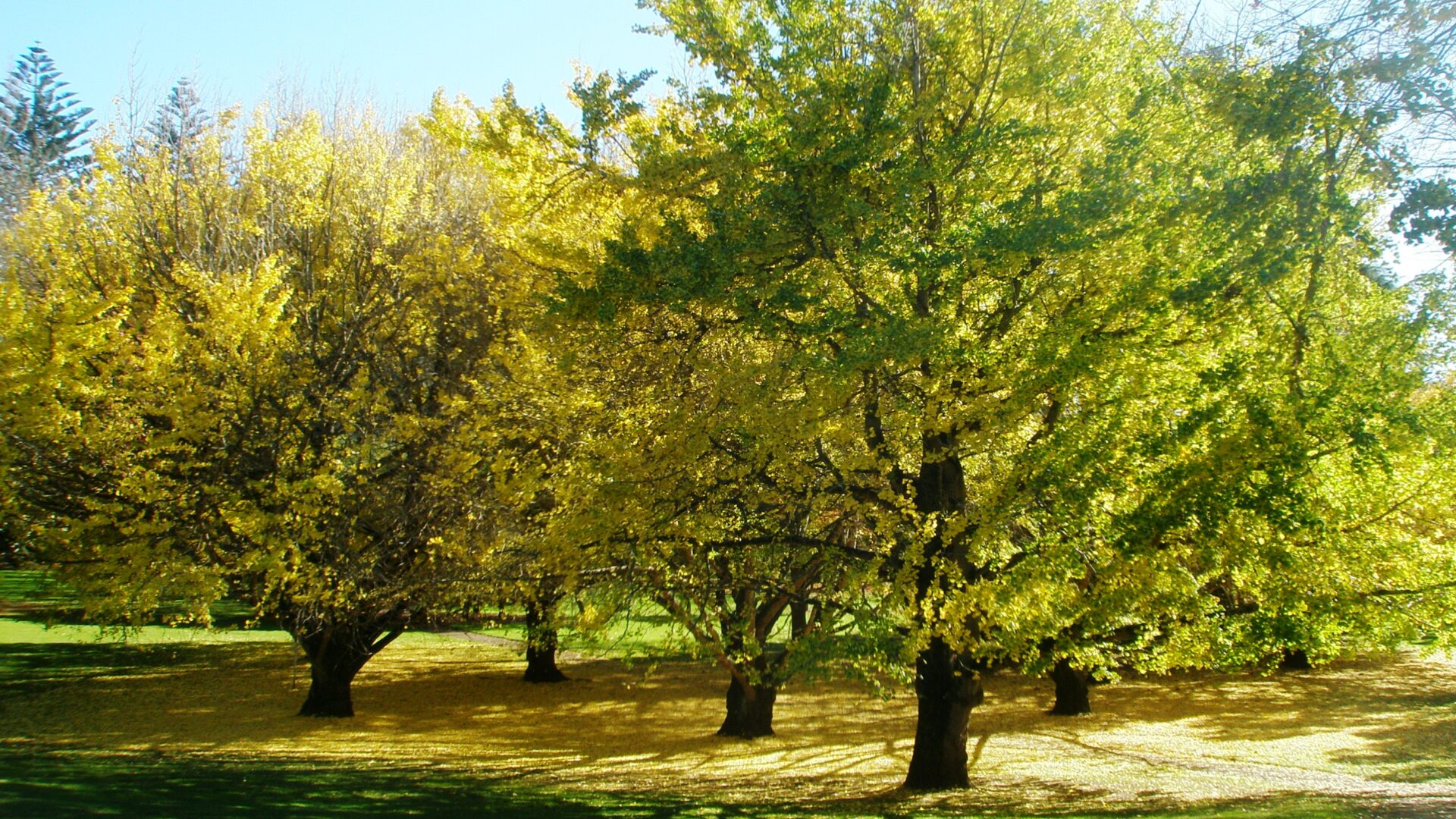
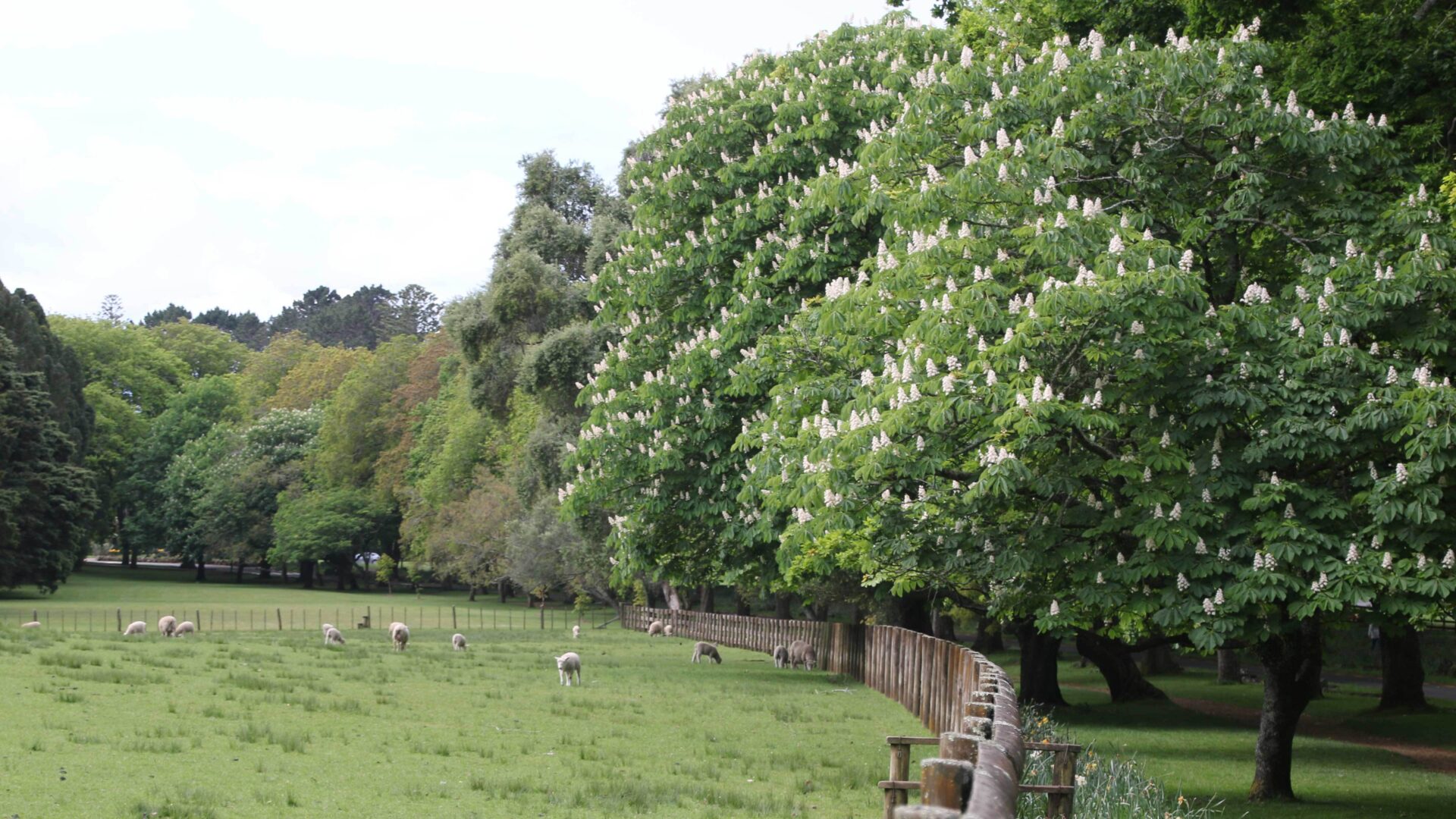
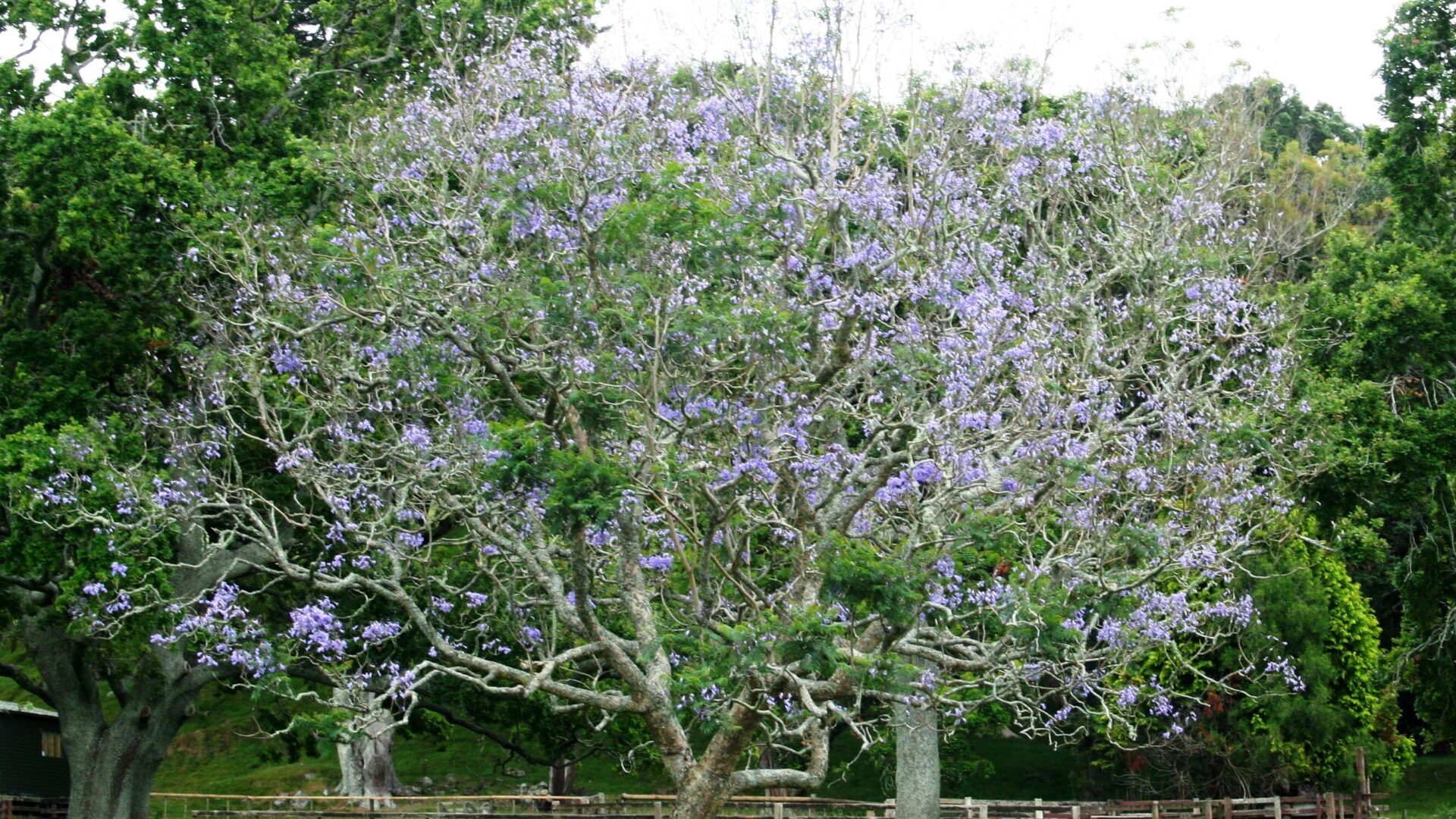
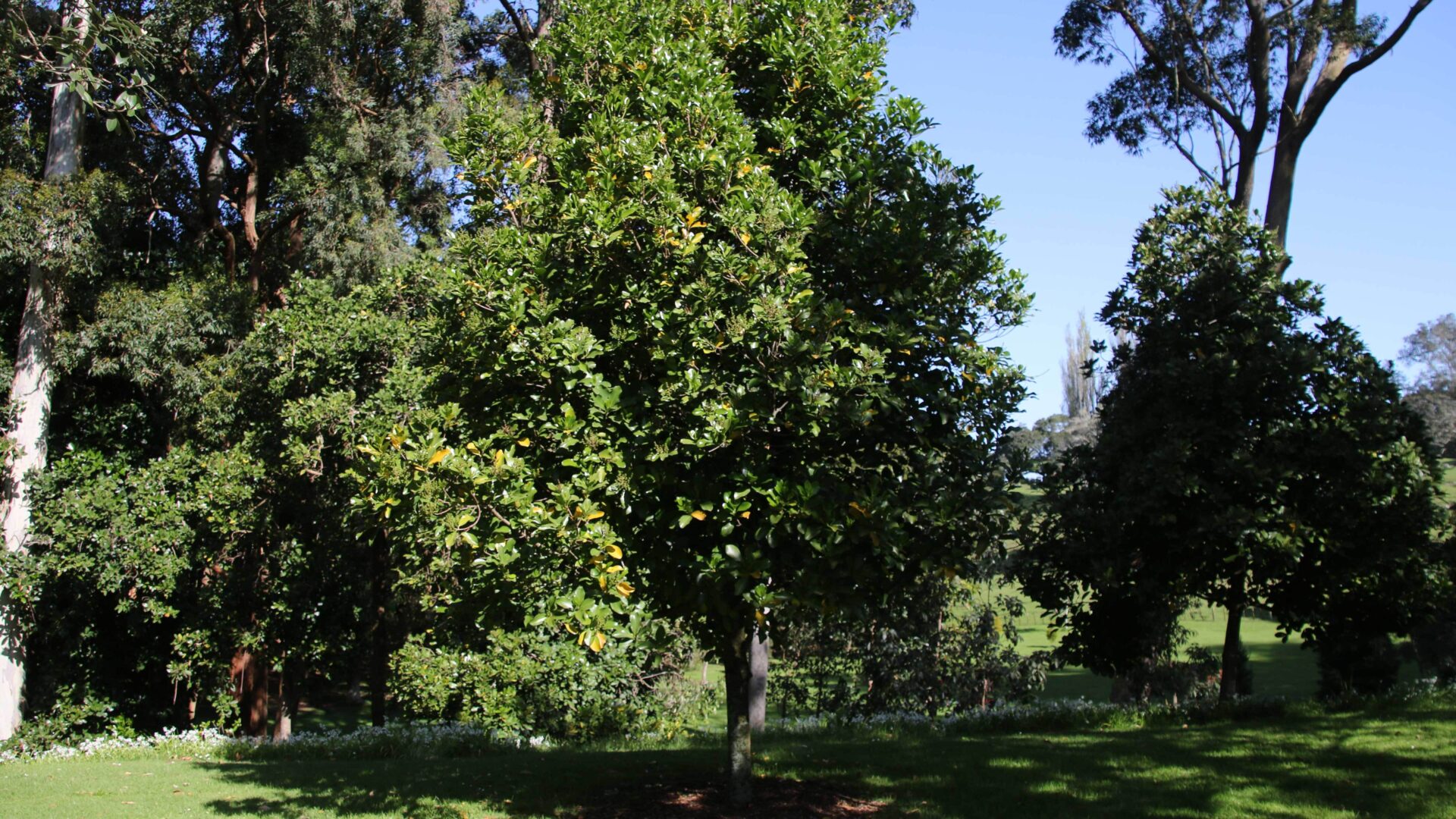
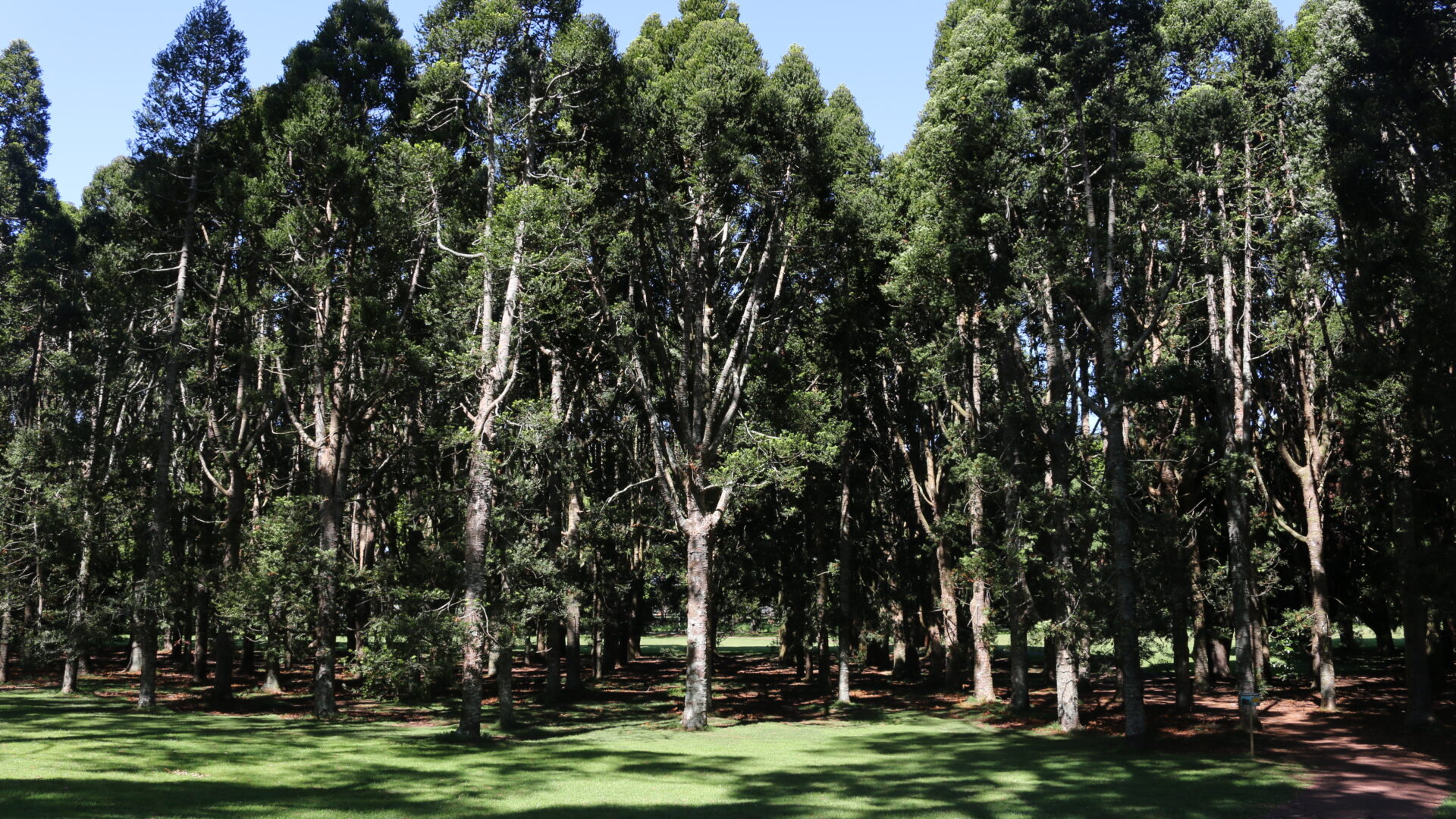
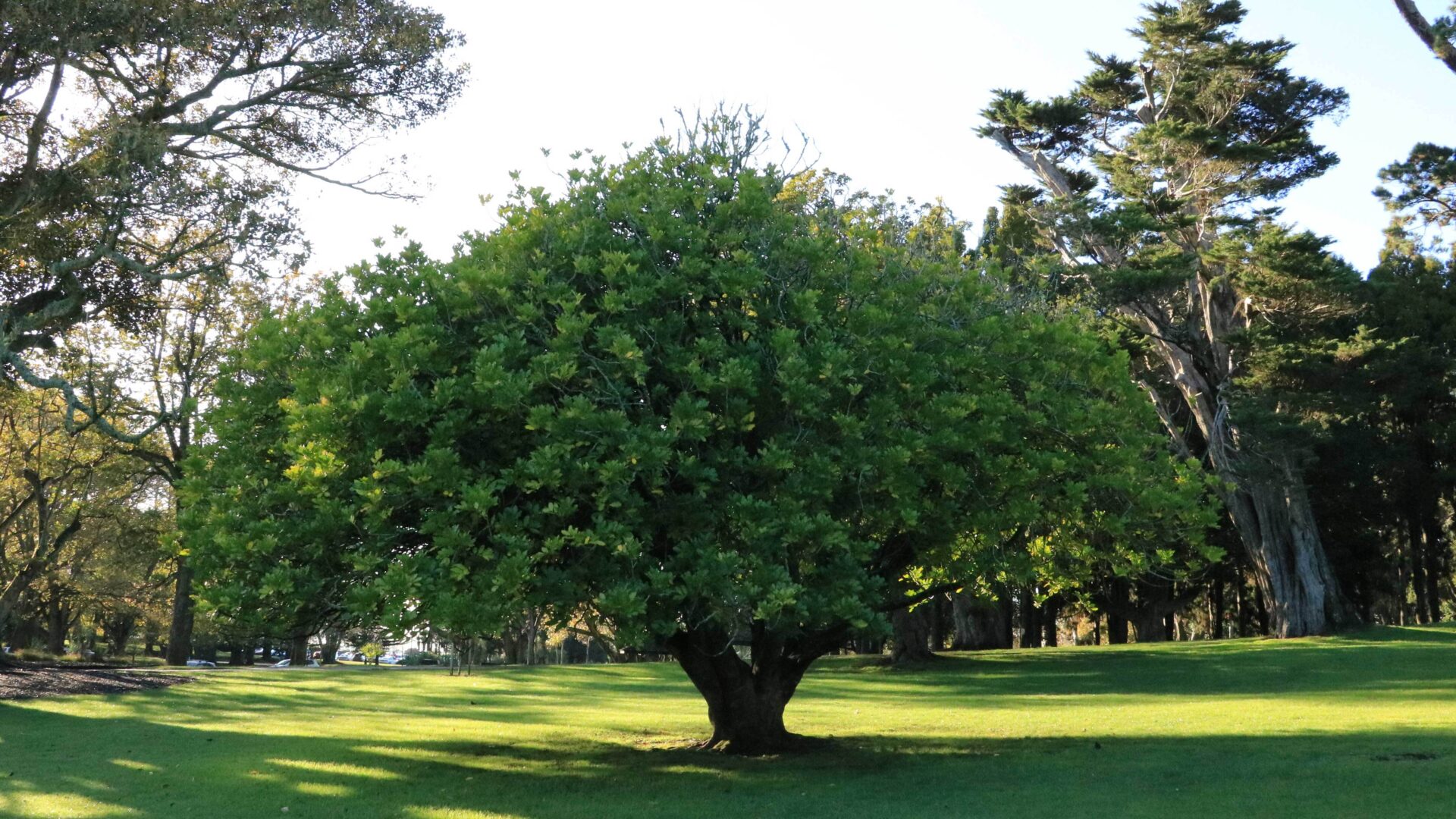
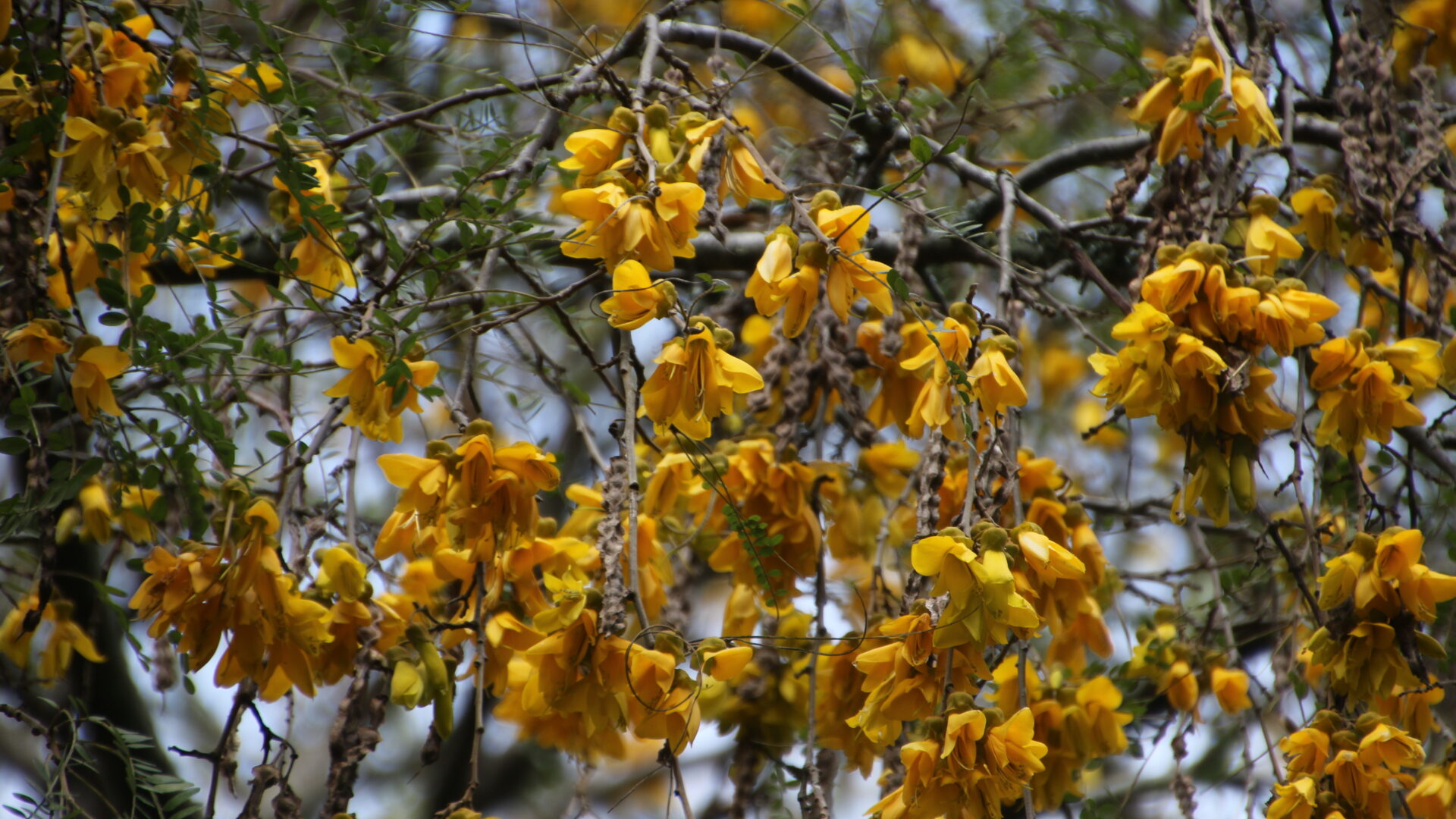
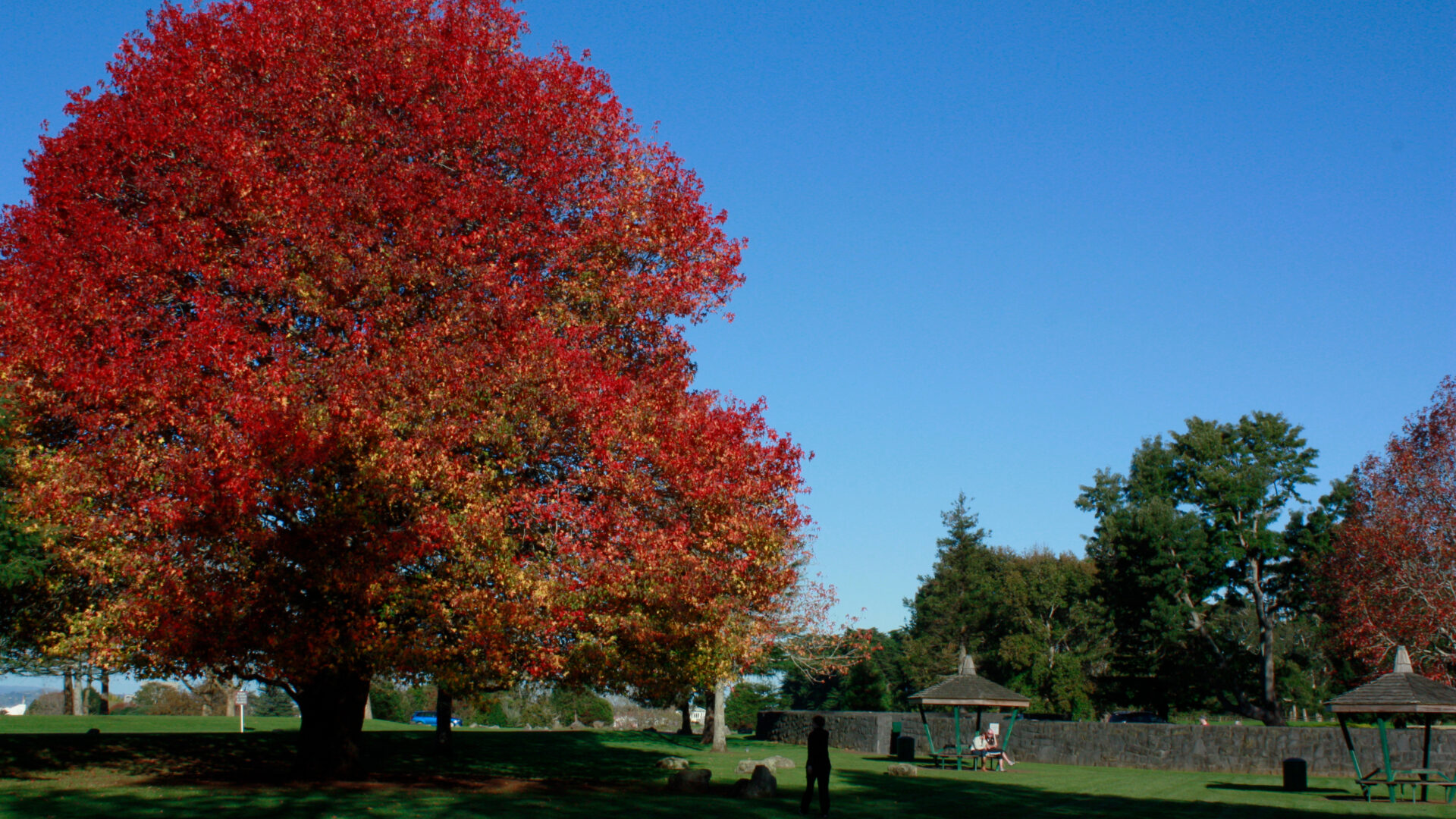
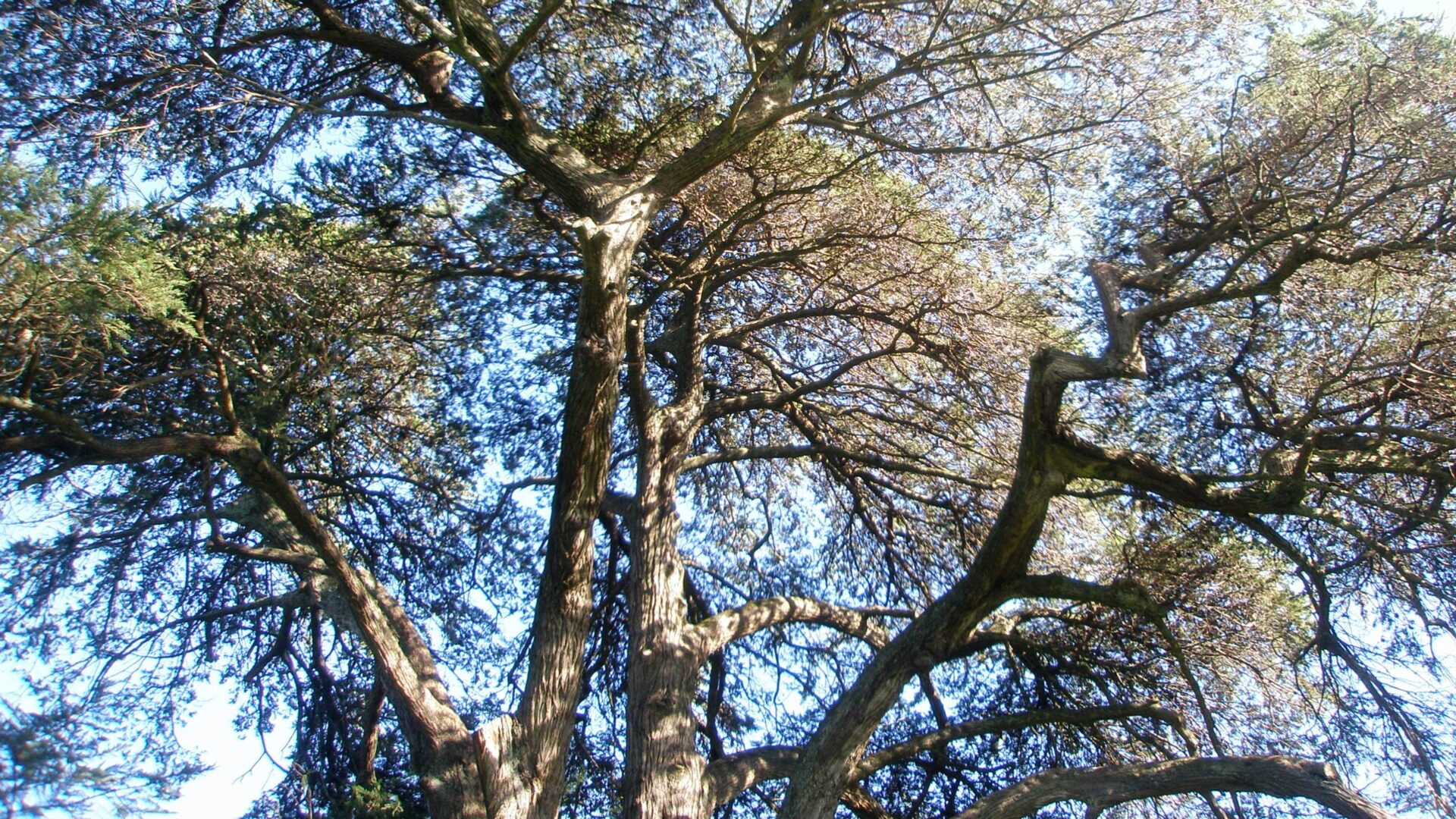

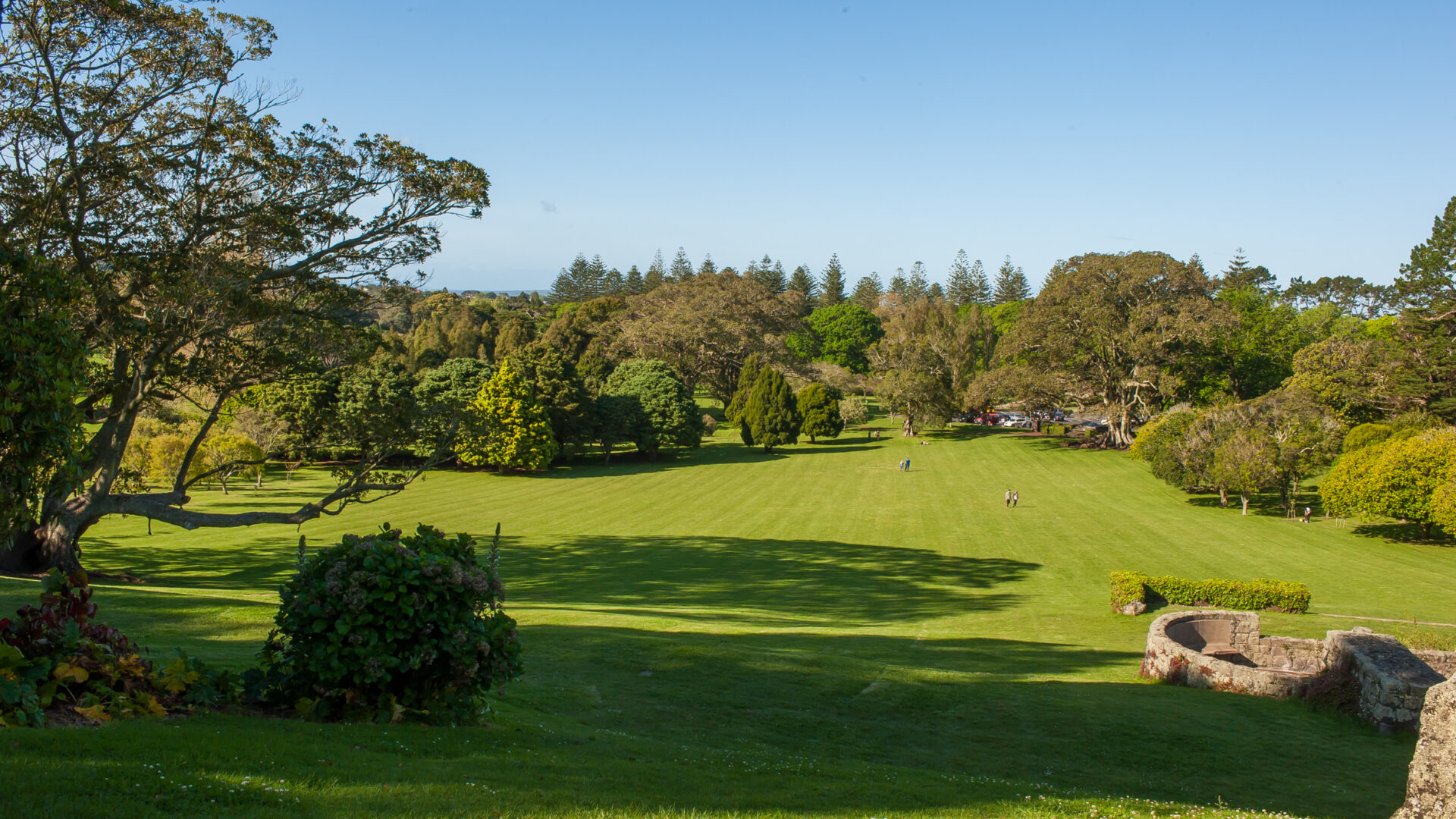
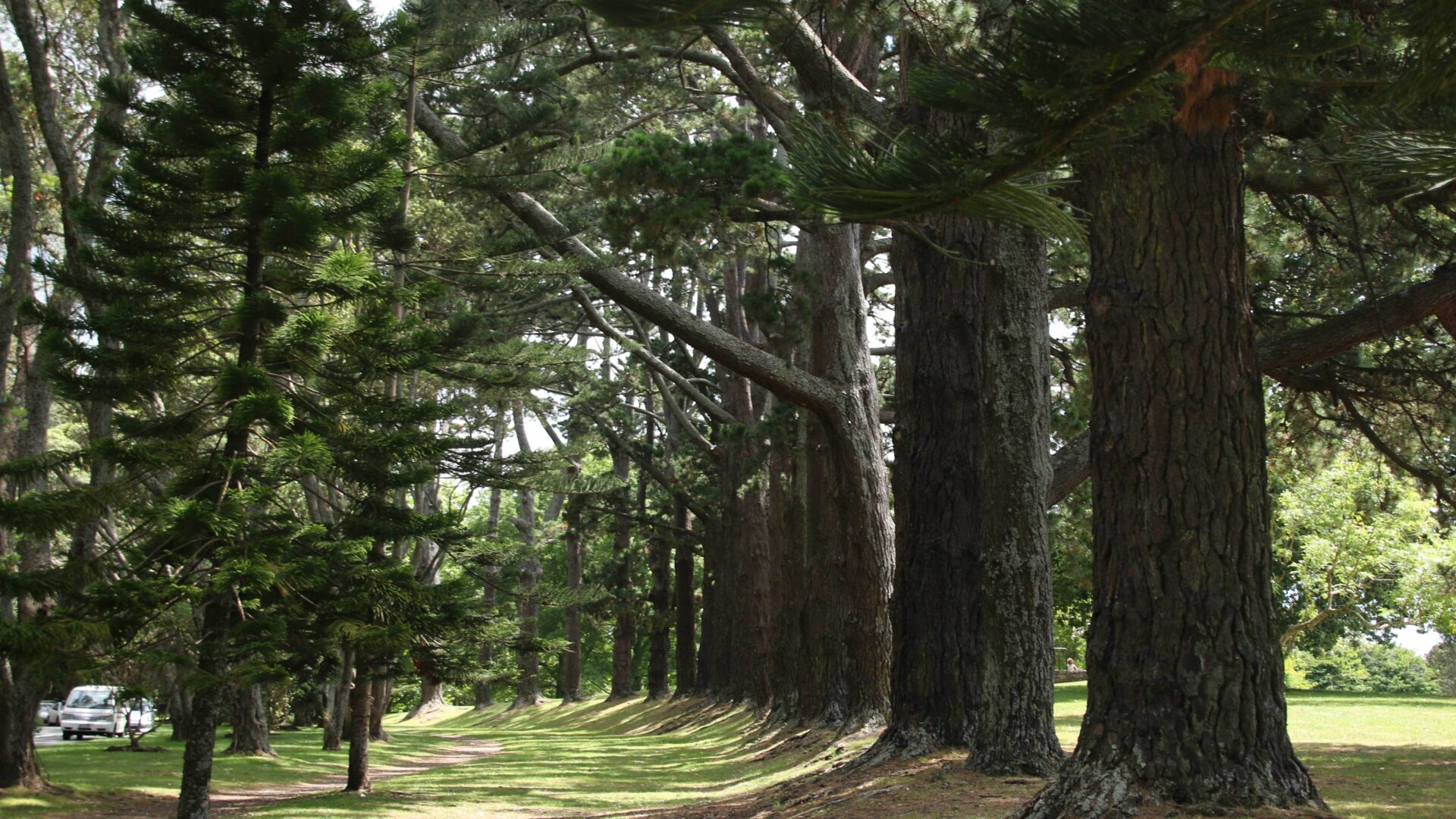
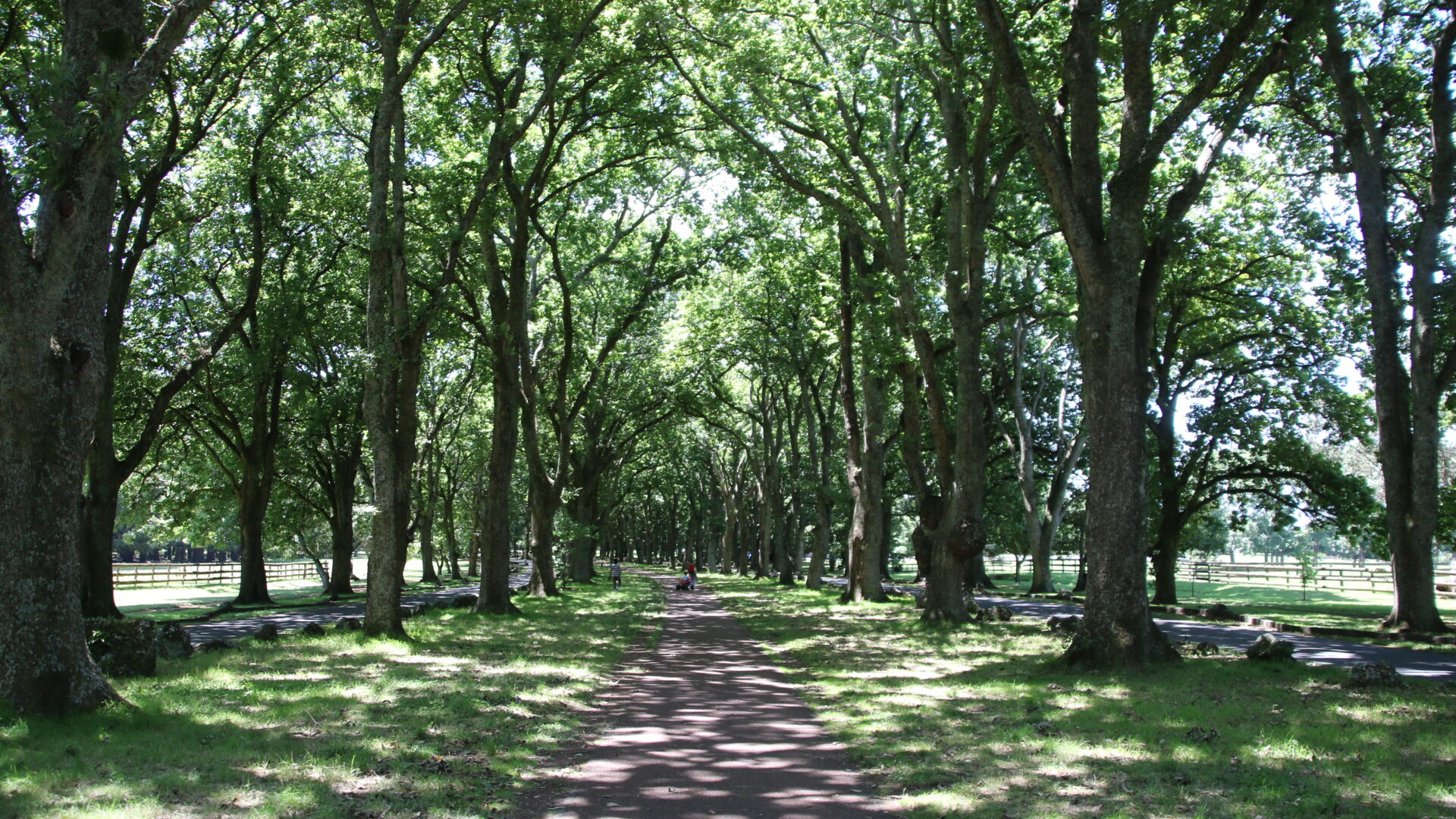
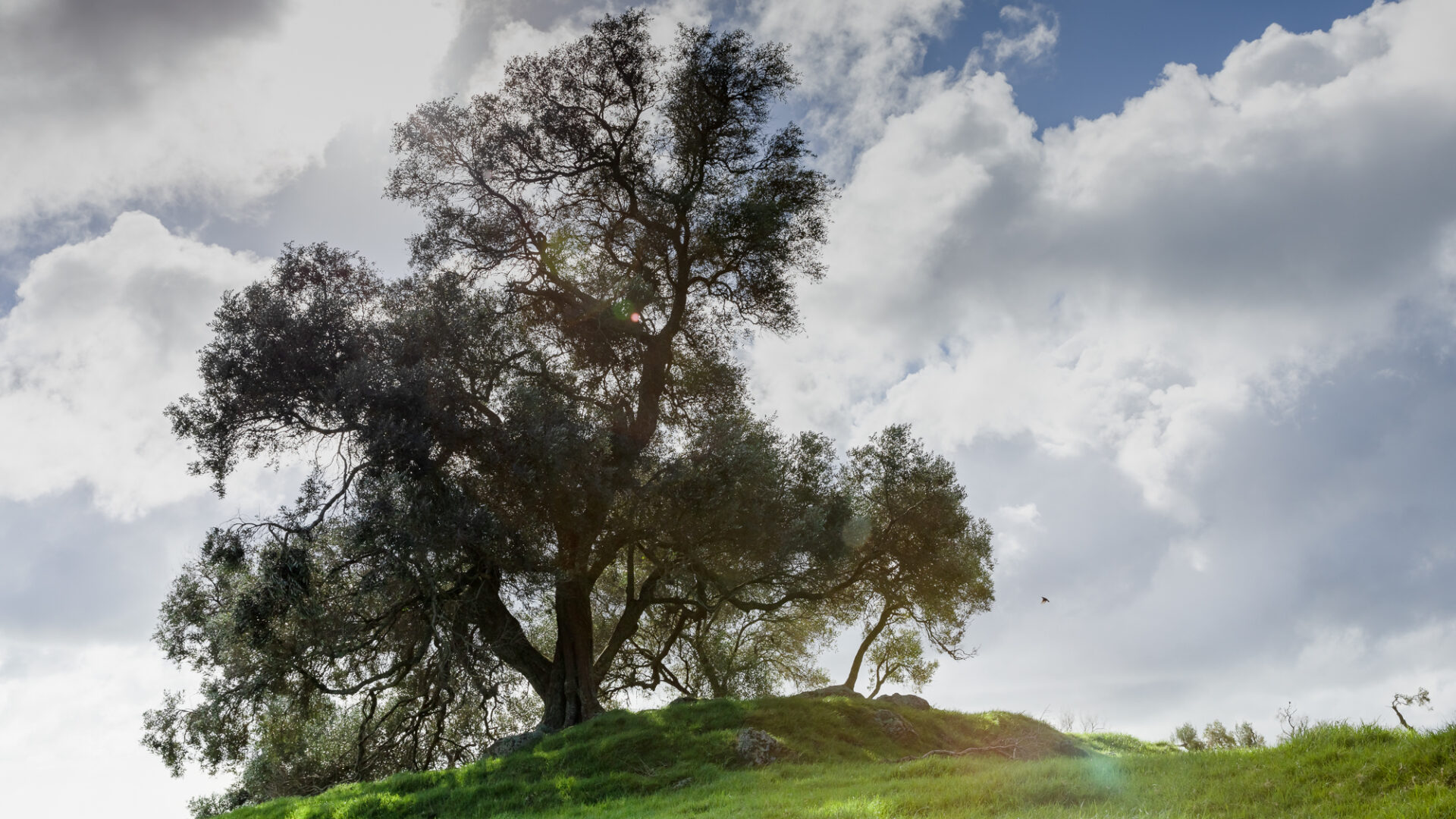
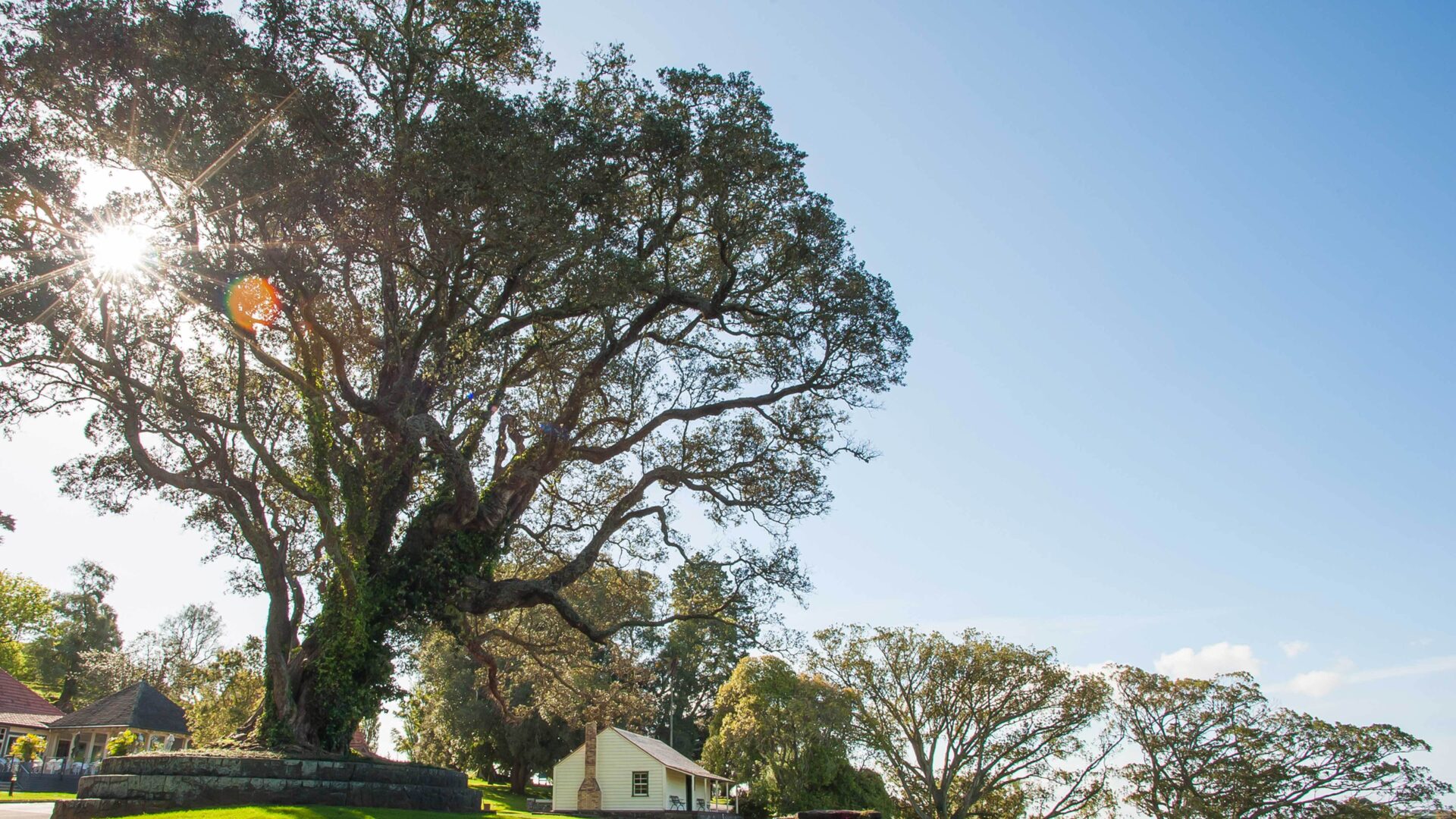
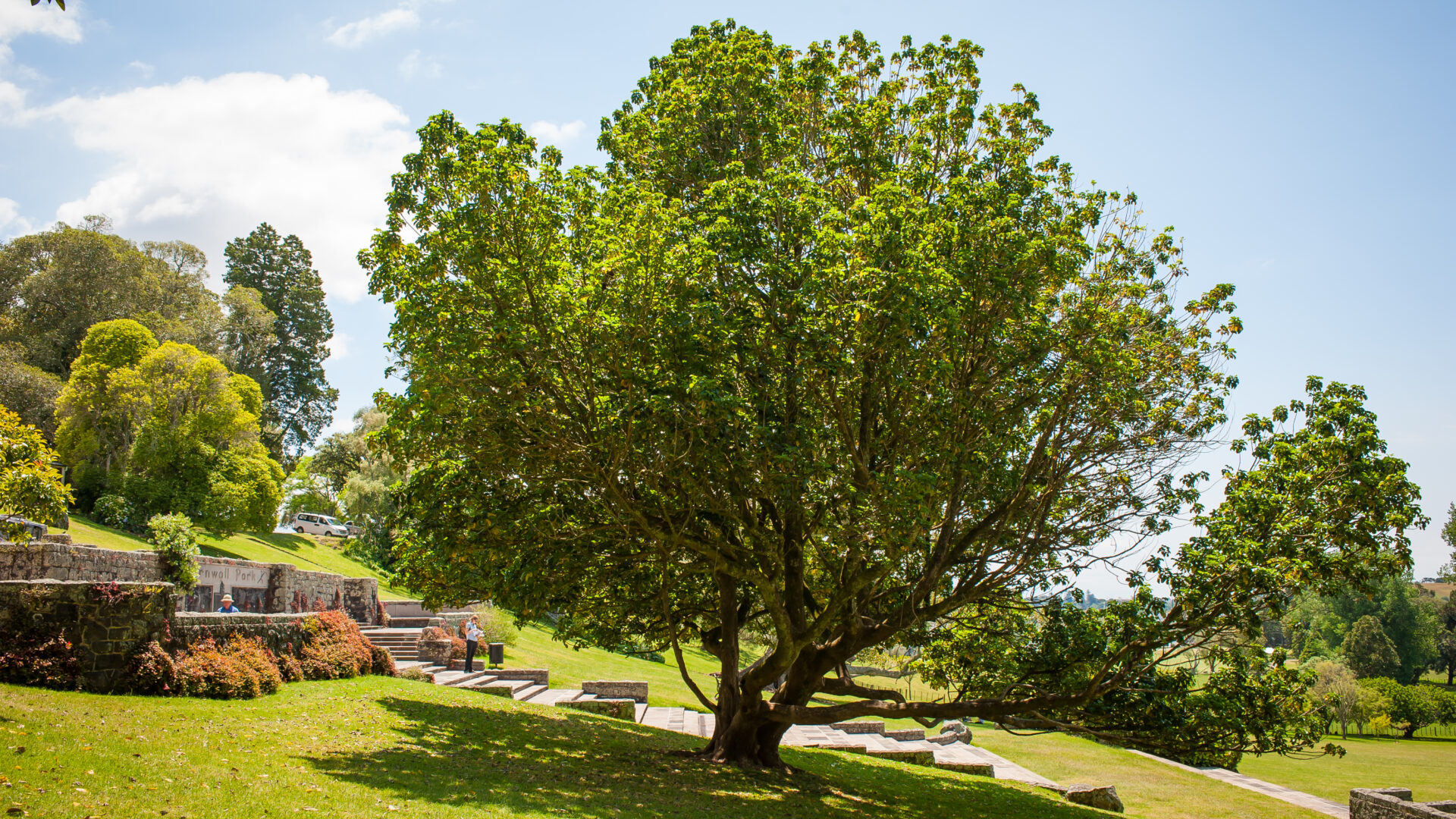
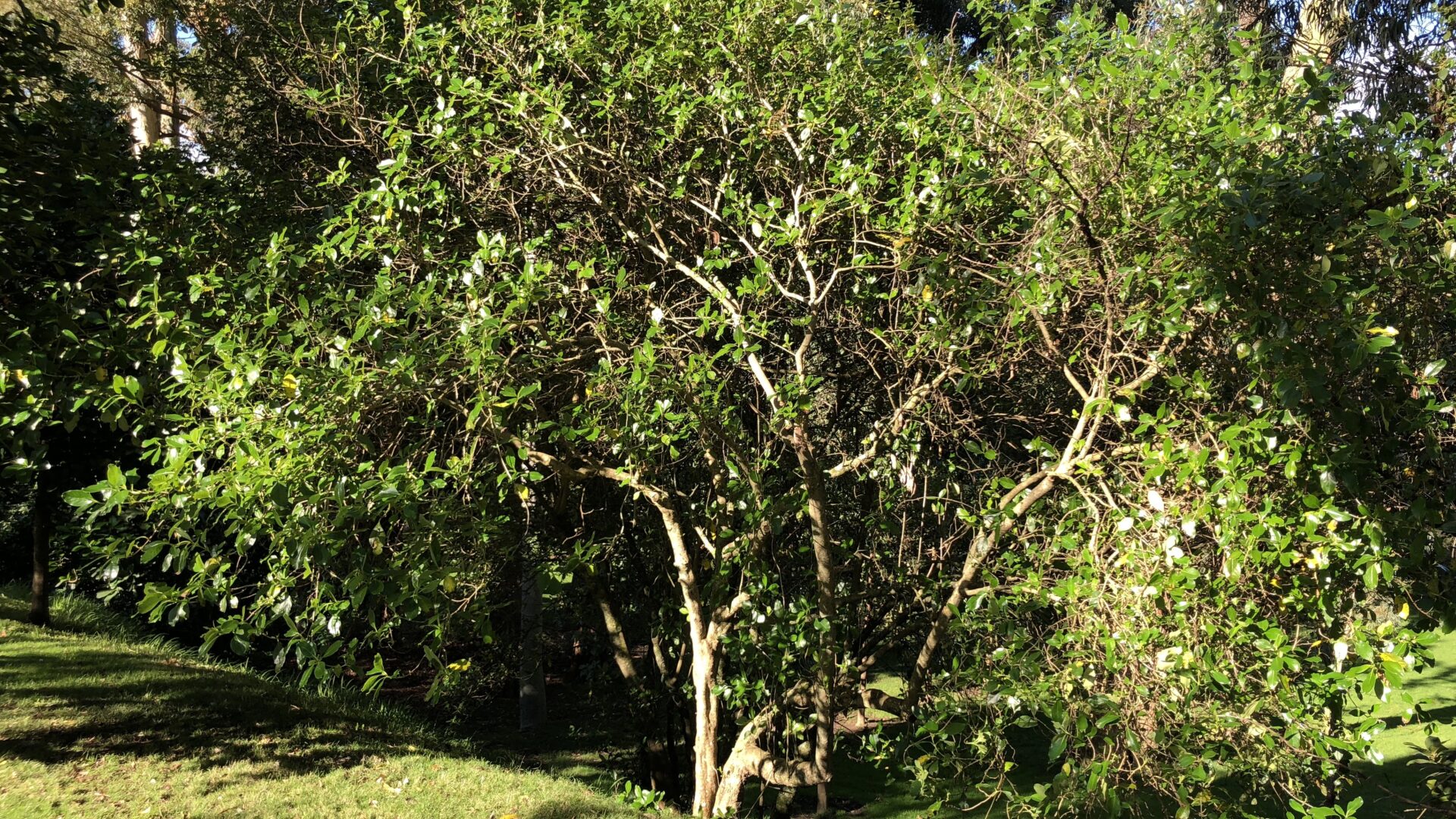
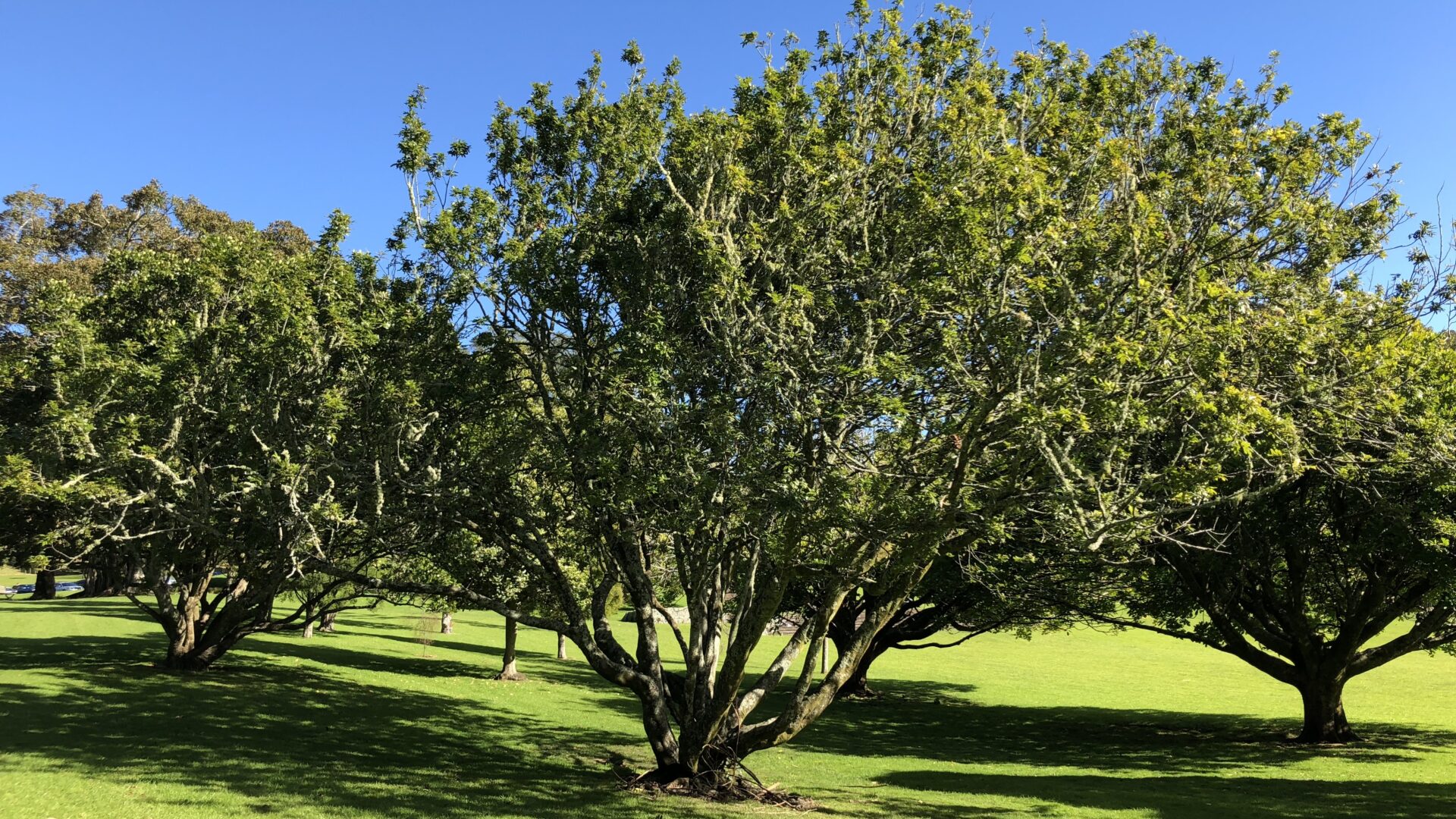

Algerian oak
Origin Algeria, Portugal, Spain, Tunisia, Morocco
Found Western side of Pōhutukawa Drive and Twin Oak Drive
The Algerian oak near Pōhutukawa Drive was planted in the early 1920s. Its large canopy spread and impressive girth make it one of the best-formed Algerian oaks in New Zealand, and it is thus listed as a notable tree in the New Zealand Tree Register. Twin Oak Drive was planted in 1934 with a variety of oak species and hybrids.
Cabbage tree - tī kōuka
Origin Endemic to New Zealand
Found Main roundabout, around the park
Cabbage trees, or tī kōuka, are an important habitat for many invertebrates. For example, nine species of insects live solely on cabbage trees. Their stems and fleshy rhizomes were an important source of food for Māori, as they are high in carbohydrates, while the tough leaves were used for fibre and made into a medicinal tea.
Cherry blossom
Origin Japan, China, Korea, India
Found Near the main carpark and Pūriri Drive
Our cherry blossom trees were planted in the 1980s, and we have seven different kinds in the park. They are good shade trees as they often grow wider than they are tall. The much-admired blossoms only last two to three weeks during spring.
Coast redwood
Origin Coastal California
Found Next to Kauri Grove near the Bistro carpark
Coast redwoods are one of the tallest and longest-living trees on earth — they can grow up to 115m tall and their trunks can have diameters of up to 6m! They don’t have deep taproots, so they stay upright by interlacing their roots with the roots of other nearby trees.
Eucalyptus
Origin Australia
Found Eucalypt Arboretum at the bottom of the Native Arboretum
Cornwall Park has one of the most diverse collections of eucalypts in one area in New Zealand, with more than 40 species of eucalyptus present in the park. Most are found in the Eucalypt Arboretum, which was planted around 1934. Eucalypts have adapted to fire by having fire-resistant seeds and the ability to resprout after a fire.
Ginkgo
Orgin China
Found Between Pōhutukawa Drive and the Cafe
Our much-admired group of ginkgo trees was planted in the late 1960s when part of the Cornwall Park Geriatric Hospital building was removed. The ginkgo fruit — a Chinese delicacy — ripens in March/April. You’ll see the leaves, commonly used in natural medicine, turn yellow in May/June.
Horse chestnut
Origin Southern Europe
Found Near the main carpark
Our horse chestnuts were planted in the 1960s, along with the closely related red horse chestnuts, which produce deep red flowers rather than white and pink. Horse chestnuts are large deciduous trees that are not actually true chestnuts. Horse chestnut conkers (their nut-like seeds) are poisonous to most animals (including humans) and will cause sickness if eaten.
Jacaranda
Origin South America
Found Opposite Grand Drive BBQ area
Jacaranda is used as an ornamental and street tree in temperate and subtropical regions due to its hardiness, fast growth rate and abundant, long-lasting flowering. It is pollinated by insects (especially bees) and its seeds are dispersed by wind. Flowers, leaves and bark are used in both traditional and modern medicine.
Karaka
Origin Endemic to New Zealand
Found End of Twin Oak Drive, Kauri Steps, around the park
There are several groups of karaka trees in the park, which are thought to be remnants from the pre-European settlement. Kererū are the only birds large enough to swallow the fruit to disperse their seeds, and sometimes get so full from eating the fruit they struggle to fly! The name “karaka” comes from the Māori word for orange (the colour of the fruit).
Kauri
Origin Endemic to New Zealand
Found Kauri Groves
Kauri are endemic to New Zealand and are among the most ancient trees in the world. Our kauri groves were planted between 1920-1940. Please keep out of the roped-off area around the groves to help keep our kauri healthy — they are at risk from kauri dieback disease which is spread through soil.
Kohekohe
Origin Endemic to New Zealand
Found Native Arboretum, between Memorial Steps and Old Avenue
Kohekohe is unique in that its flowers and fruit grow directly from the trunk (known as cauliflory) and it has large, glossy pinnate leaves which are characteristic of tropical species. The wood was used by Māori for canoe building and carving, and the bark was boiled and drunk as a tonic.
Kōwhai
Origin Endemic to New Zealand
Found Native Arboretum, edge of Twin Oak Drive
Kōwhai flowers are a source of yellow dye pigment (kōwhai is te reo Māori for yellow). All parts of the plant, particularly the seeds, are poisonous. They flower from July to November and are an important nectar source for native birds, particularly favoured by tūī. Kōwhai is considered New Zealand’s unofficial national flower as it’s one of our most widely recognised native trees.
Liquidambar
Origin Southeast Asia, North America; North America, Mexico
Found Near the Cafe and wood BBQs
Liquidambars are a sight to behold in autumn with leaves of yellow, orange, red and purple, while magnolias are best seen in spring when their pink and white flowers are in full bloom.
Macrocarpa
Origin California
Found Near the Native Arboretum
Many of our macrocarpa trees were planted on farmland as shelter belts by Sir John Logan Campbell in the late 1800s. These trees thrive in New Zealand due to our temperate climate and can get much larger here than in their native habitat. Some of the largest and oldest trees in the park are the macrocarpa along Old Avenue at the bottom of the Native Arboretum.
Morton Bay fig
Origin East coast of Australia
Found Main carpark, next to Acacia Cottage and the western side of Pōhutukawa Drive
Moreton Bay figs are undoubtedly key feature trees of Cornwall Park. The trees are best known for their aerial and buttress roots, an adaptation to survive in nutrient-poor rainforest soils. They are the widest-spreading tree in the park. We also have Port Jackson figs throughout the park; they look similar but have smaller fruit and less prominent buttress and aerial roots.
Native Arboretum
Where Area between the main carpark and the grass hill in front of Acacia Cottage
The Native Arboretum is where the trees frame the edges of the central green lawn next to the main car park. Here you'll find totara, kohekohe, kōwhai, tītoki, rimu, and more! This is the perfect spot for picnics, with lots of shade and space to play.
Norfolk Island pine
Origin Norfolk Island
Found Main entrance area, around Bistro, around the park
These trees are in the same family (Araucariaceae) as our endemic kauri. They have become widespread throughout temperate regions of the world, but are listed as vulnerable due to their restricted native range. Note the characteristic star-shaped arrangement of their branches.
Oaks
Origin Europe, Asia, North America
Found Twin Oak Drive and around the park
We have a wide variety of oak species and hybrids around the park which have origins all over the world. We have oaks from Asia (Japanese tan oak, oriental white oak and ban oak), Europe (Algerian oak, English oak, holm oak and sessile oak), and North America (pin oak and red oak). A favourite walking and jogging spot for locals is through Twin Oak Drive, where you’ll find yourself surrounded by oak trees. Look up to see the full beauty of the natural arch they make. Oak species along Twin Oaks drive include Algerian Oak, Sessile Oak, English Oak and hybrids between these species.
Olive
Origin The Mediterranean
Found Olive Grove
You'll find our olive trees along Olive Grove. Around 200 of the 5000 olive trees, Sir John planted in the late 1860s following his return from Italy remain today, and they are some of the park's oldest trees. The trees came from South Australia and were planted for fruit production, but the soil conditions did not prove suitable and the trees did not fruit as well as was hoped. However, thanks to Sir John, this laid a foundation for the olive oil industry in New Zealand. The trees still fruit today but we don't actively harvest the trees, though small amounts of olive oil have been produced in the past.
Pōhutukawa
Origin Endemic to New Zealand
Found Pōhutukawa Drive, near Huia Lodge and around the park
Pōhutukawa Drive was planted with 400 pōhutukawa and 100 Norfolk Island pines in 1929. The position of the Norfolk Island pines behind the pōhutukawa means that the pōhutukawa grow inwards towards the road, creating a lovely shaded canopy. See the flowers with different shades of red in December. To see a yellow-flowering pōhutukawa, head to the car park next to the Bistro.
Pūriri
Origin New Zealand native
Found Pūriri Drive and around the park
Pūriri Drive is home to rows of pūriri trees, phoenix palms, and cherry blossoms. Pūriri trees fruit and flower all year, so they play an important part in the ecosystem by keeping birds fed throughout winter. Their trunks are also home to the pūriri moth caterpillar, New Zealand’s largest moth.
Taupata
Origin New Zealand native
Found Near Cafe carpark and Kauri Steps
A member of the coffee family (Rubiaceae), taupata seeds can be dried, roasted and drunk as a coffee substitute. This plant was also used to extract a yellow dye.
Tītoki
Origin Endemic to New Zealand
Found Native Arboretum
Oil from the tītoki seed was used by Māori as hair/body oil, for the treatment of sore or inflamed joints and as a laxative. The tree produces small flowers in spring but they take up to a year to mature into fruit. The bright red fruit attracts birds and insects from October to February.
Tōtara
Origin Endemic to New Zealand
Found Native Arboretum and around the park
Tōtara are among the forest giants of New Zealand, and Māori referred to them as Rakau Rangatira – the chiefly tree. Totara is the primary wood used in Maori carving. Two of our tōtara trees in the Native Arboretum are almost 100 years old.
Parkmap